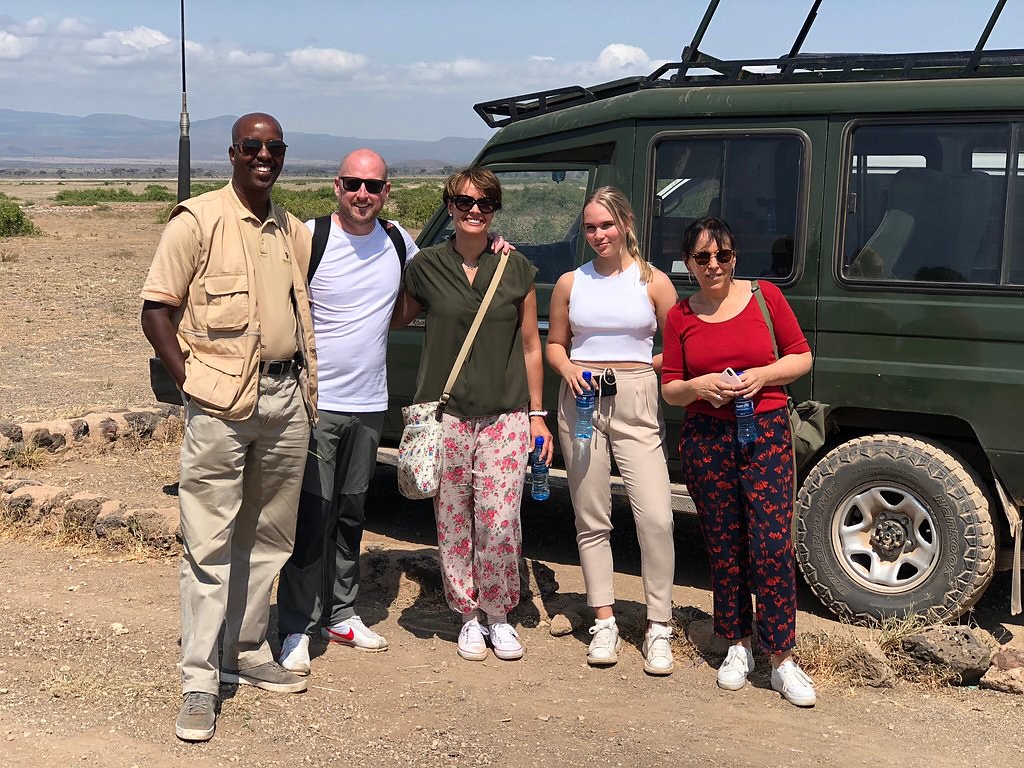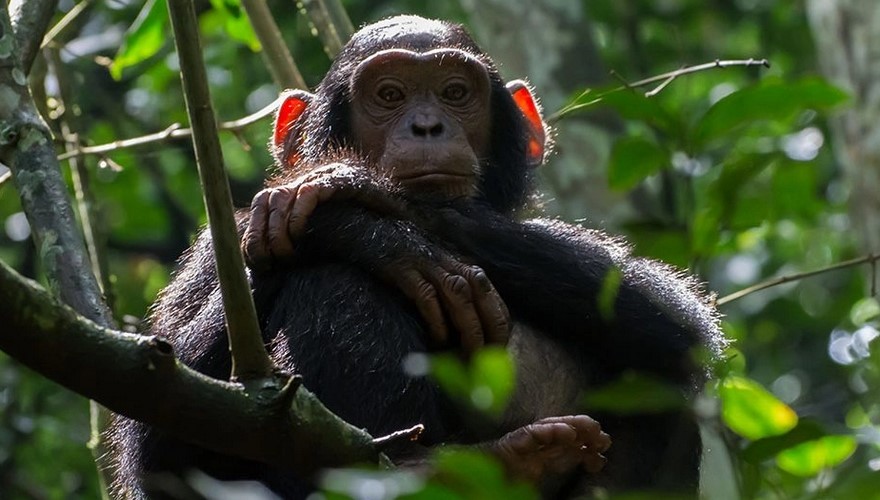Dos and Don’ts of Gorilla Trekking
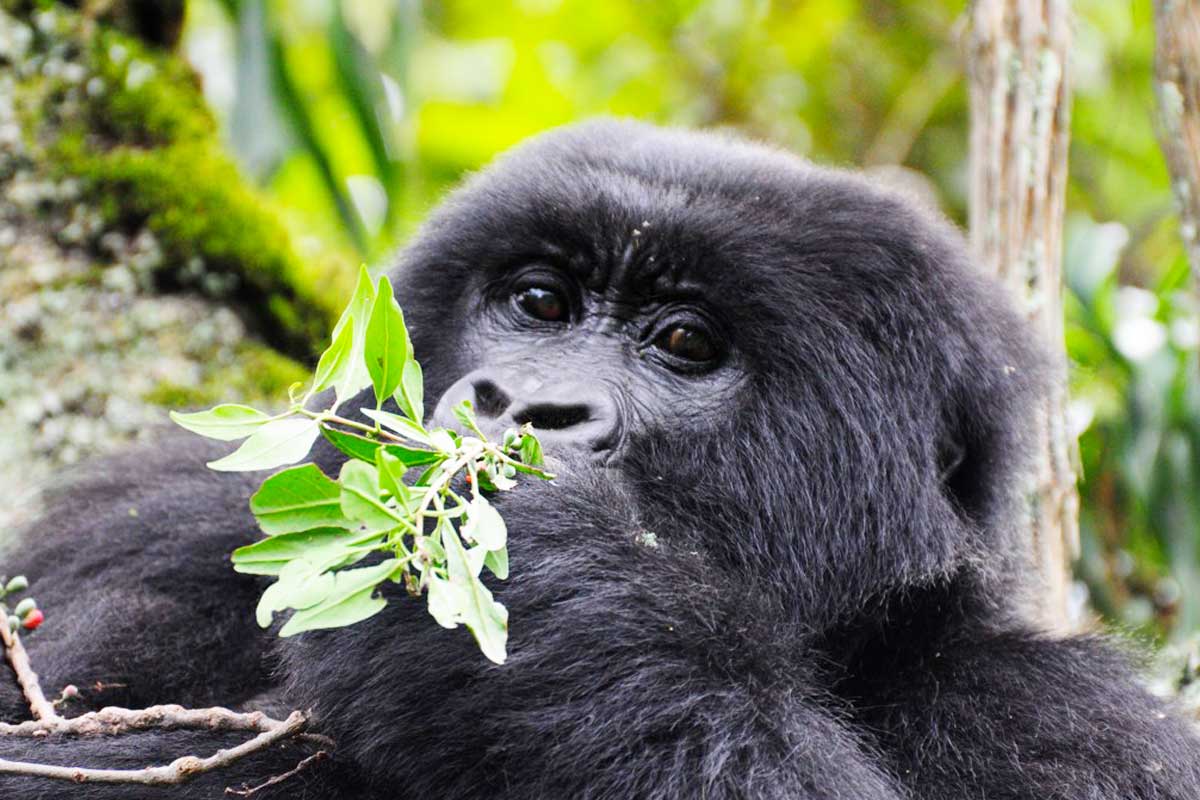
Dos and Don’ts of Gorilla Trekking : A Guide to Safe and Respectful Wildlife Encounters
Dos and Don’ts of Gorilla Trekking : Gorilla trekking offers a unique adventure, allowing you to experience the majestic beauty of gorillas in their natural habitats. However, observing these endangered animals comes with a responsibility to respect their space and promote sustainable tourism. Following the correct guidelines ensures the safety of both visitors and gorillas, supporting long-term conservation efforts and helping protect these fascinating creatures for future generations.
Below is a comprehensive guide to the dos and don’ts of gorilla trekking, with essential insights for a safe, enjoyable, and responsible experience.
Preparing for Your Gorilla Trekking Adventure
Before embarking on your gorilla trekking journey, it’s crucial to understand the importance of responsible tourism. Gorilla trekking groups are limited to a maximum of eight people per gorilla family per day. This restriction is in place to minimize stress and reduce the risk of transmitting human diseases to the gorillas, which share 98% of their DNA with humans. Here are some tips to keep in mind as you prepare for your adventure:
- Respect Group Limitations: A maximum of eight people are allowed per gorilla family to minimize disturbance and reduce disease risk.
- Stay Quiet: Keep your voice low to avoid startling wildlife and increase your chances of spotting other animals, like birds and butterflies.
- Practice Good Hygiene: Wash your hands before trekking to reduce the risk of transmitting germs to the gorillas and other wildlife.
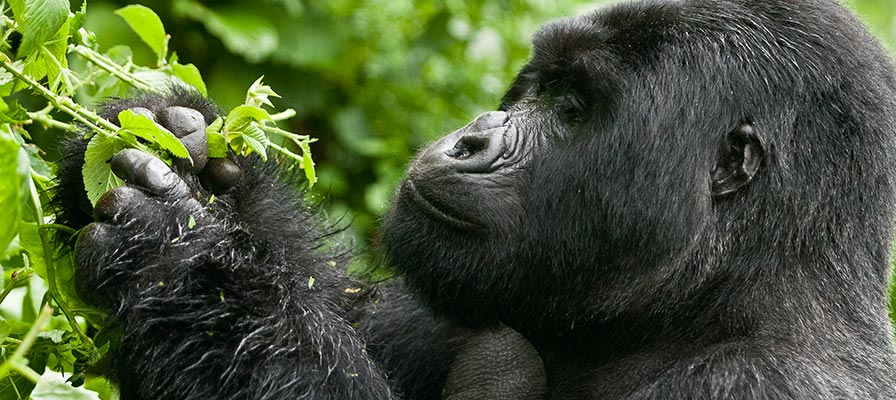
Dos and Don’ts During Gorilla Trekking
Gorilla trekking takes place in delicate ecosystems, and respecting these natural environments is essential. By adhering to a few guidelines, you can help maintain a peaceful experience for both you and the gorillas.
Dos During Gorilla Trekking
- Take Only Memories: Bring back everything you take into the jungle to prevent littering and preserve the habitat.
- Move with Care: Follow your guide’s instructions, especially as you approach the gorilla family. Keeping quiet and moving slowly minimizes disturbance.
- Maintain a Safe Distance: When you reach the gorilla group, stay at least 7 meters (about 23 feet) away. This distance helps the gorillas feel at ease while reducing disease transmission risks.
- Observe Group Formation: Stay in a close group while near the gorillas, as this minimizes your impact and allows the gorillas to stay relaxed.
- Stay Calm and Follow Instructions: If a gorilla charges or behaves unexpectedly, stay calm, avoid sudden movements, and follow the ranger’s instructions carefully.
Don’ts During Gorilla Trekking
- Avoid Close Eye Contact: Direct eye contact can be perceived as a threat by gorillas, so it’s best to avoid staring directly at them.
- Do Not Eat or Drink Nearby: Eating and drinking are prohibited near the gorillas to avoid accidental contamination of their environment.
- No Flash Photography: While photography is encouraged, using flash is prohibited as it can startle the gorillas. Move slowly and carefully when taking pictures.
- Do Not Touch the Gorillas: Although the gorillas are habituated, they remain wild animals. Avoid physical contact for your safety and theirs.
- Limit Your Time with the Gorillas: The standard time limit is one hour, although this may be shortened if the gorillas appear agitated or stressed.
Health and Safety Precautions for Gorilla Trekking
Due to their genetic similarities to humans, gorillas are highly susceptible to human illnesses. Respecting health and safety guidelines ensures their protection:
- Stay Behind if Unwell: If you feel sick or have a contagious illness, it’s advisable to refrain from trekking to prevent exposing the gorillas to pathogens.
- Follow Group Limits: Sticking to the permitted daily visitor numbers helps reduce exposure to human-borne diseases.
- Stay Hydrated and Prepared: Wear protective clothing, apply insect repellent, and stay hydrated. Bring essential items like a first-aid kit, water purification tablets, and sunscreen.
- Observe Terrain and Weather Conditions: Be mindful of the terrain, which can be steep, slippery, and challenging, especially with sudden weather changes.
Essential Gear for Gorilla Trekking
Packing the right gear for gorilla trekking can make your experience more comfortable and safer:
- Clothing: Wear long-sleeved shirts, a waterproof jacket, and hiking boots. Bring a hat and gloves to protect from scratches and insects.
- Safety Gear: Insect repellent, sunscreen, a first-aid kit, and water purification tablets are essential for comfort and safety in the wilderness.
- Photography Equipment: Bring a camera with extra batteries and a power bank. A waterproof camera bag and binoculars are recommended for capturing memories and spotting wildlife from a distance.
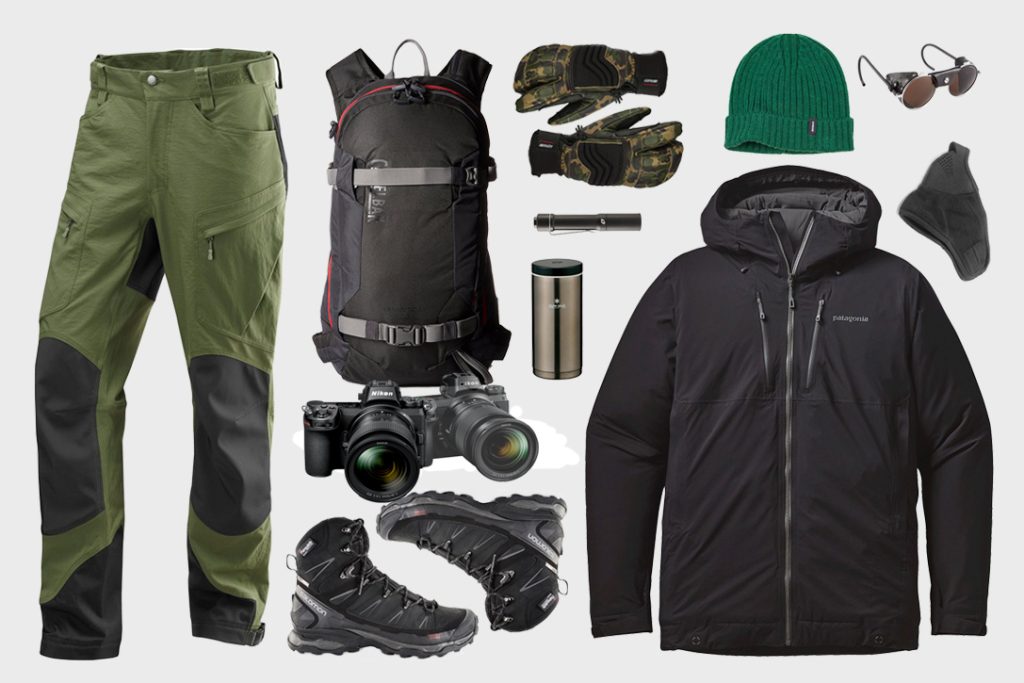
Conclusion: Supporting Sustainable Gorilla Trekking
Gorilla trekking is an extraordinary experience, one that requires respect, responsibility, and awareness. By following these guidelines, you contribute to the long-term preservation of these incredible animals and their habitats. Responsible gorilla trekking not only ensures the safety and well-being of the gorillas but also enhances your connection with nature and wildlife.
Remember, your actions have a direct impact on conservation. To book a tailor-made gorilla trekking experience in Uganda, reach out to Jeisking Tours at gorillaugandasafaribookings@gmail.com or speak with a travel expert at +256-775630809 to start planning your unforgettable journey into the heart of Africa’s rainforests.

